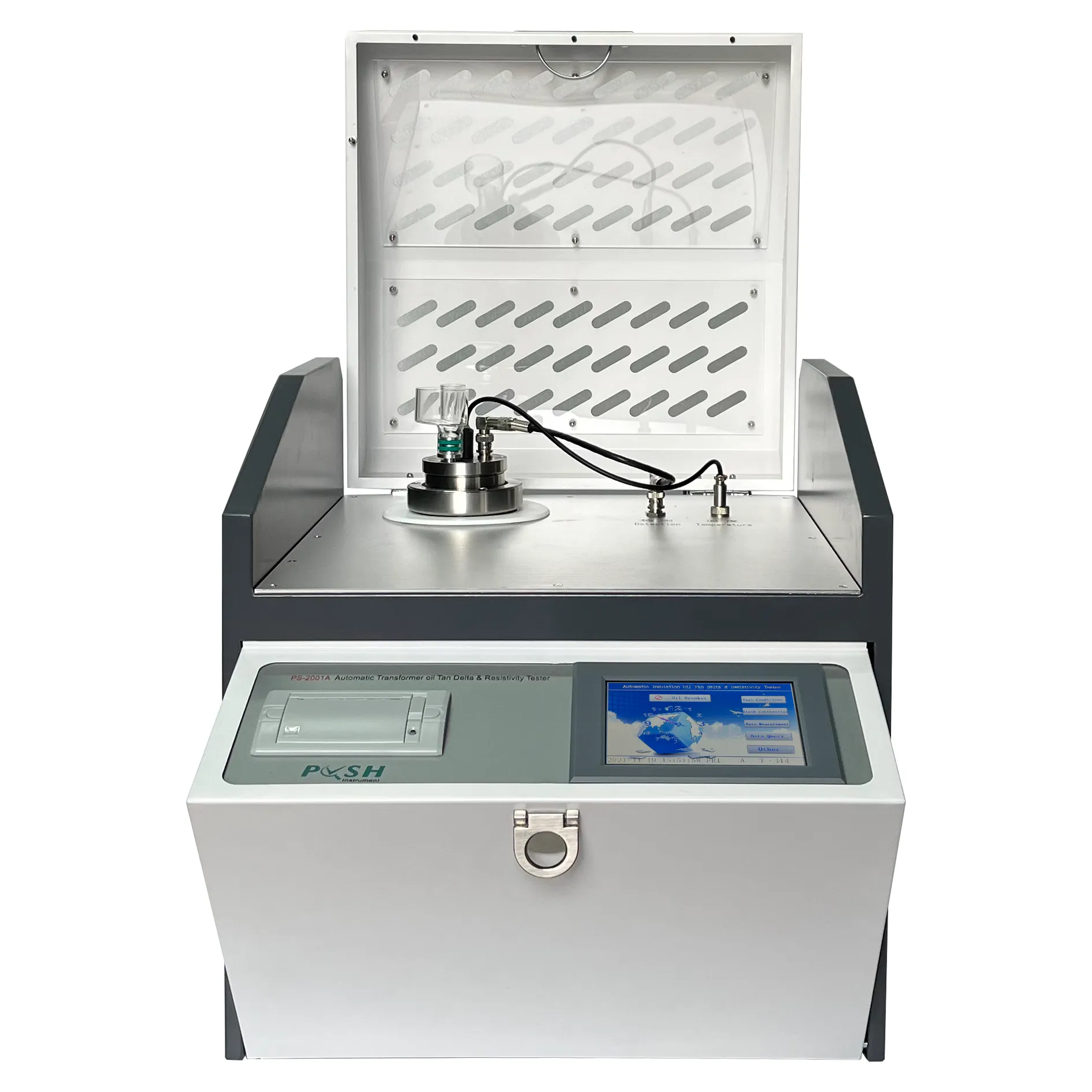 English
English



-
 Afrikaans
Afrikaans -
 Albanian
Albanian -
 Amharic
Amharic -
 Arabic
Arabic -
 Armenian
Armenian -
 Azerbaijani
Azerbaijani -
 Basque
Basque -
 Belarusian
Belarusian -
 Bengali
Bengali -
 Bosnian
Bosnian -
 Bulgarian
Bulgarian -
 Catalan
Catalan -
 Cebuano
Cebuano -
 China
China -
 China (Taiwan)
China (Taiwan) -
 Corsican
Corsican -
 Croatian
Croatian -
 Czech
Czech -
 Danish
Danish -
 Dutch
Dutch -
 English
English -
 Esperanto
Esperanto -
 Estonian
Estonian -
 Finnish
Finnish -
 French
French -
 Frisian
Frisian -
 Galician
Galician -
 Georgian
Georgian -
 German
German -
 Greek
Greek -
 Gujarati
Gujarati -
 Haitian Creole
Haitian Creole -
 hausa
hausa -
 hawaiian
hawaiian -
 Hebrew
Hebrew -
 Hindi
Hindi -
 Miao
Miao -
 Hungarian
Hungarian -
 Icelandic
Icelandic -
 igbo
igbo -
 Indonesian
Indonesian -
 irish
irish -
 Italian
Italian -
 Japanese
Japanese -
 Javanese
Javanese -
 Kannada
Kannada -
 kazakh
kazakh -
 Khmer
Khmer -
 Rwandese
Rwandese -
 Korean
Korean -
 Kurdish
Kurdish -
 Kyrgyz
Kyrgyz -
 Lao
Lao -
 Latin
Latin -
 Latvian
Latvian -
 Lithuanian
Lithuanian -
 Luxembourgish
Luxembourgish -
 Macedonian
Macedonian -
 Malgashi
Malgashi -
 Malay
Malay -
 Malayalam
Malayalam -
 Maltese
Maltese -
 Maori
Maori -
 Marathi
Marathi -
 Mongolian
Mongolian -
 Myanmar
Myanmar -
 Nepali
Nepali -
 Norwegian
Norwegian -
 Norwegian
Norwegian -
 Occitan
Occitan -
 Pashto
Pashto -
 Persian
Persian -
 Polish
Polish -
 Portuguese
Portuguese -
 Punjabi
Punjabi -
 Romanian
Romanian -
 Russian
Russian -
 Samoan
Samoan -
 Scottish Gaelic
Scottish Gaelic -
 Serbian
Serbian -
 Sesotho
Sesotho -
 Shona
Shona -
 Sindhi
Sindhi -
 Sinhala
Sinhala -
 Slovak
Slovak -
 Slovenian
Slovenian -
 Somali
Somali -
 Spanish
Spanish -
 Sundanese
Sundanese -
 Swahili
Swahili -
 Swedish
Swedish -
 Tagalog
Tagalog -
 Tajik
Tajik -
 Tamil
Tamil -
 Tatar
Tatar -
 Telugu
Telugu -
 Thai
Thai -
 Turkish
Turkish -
 Turkmen
Turkmen -
 Ukrainian
Ukrainian -
 Urdu
Urdu -
 Uighur
Uighur -
 Uzbek
Uzbek -
 Vietnamese
Vietnamese -
 Welsh
Welsh -
 Bantu
Bantu -
 Yiddish
Yiddish -
 Yoruba
Yoruba -
 Zulu
Zulu
Understanding the Tan Delta Test in Transformer Insulation Diagnostics
Understanding the Tan Delta Test for Transformers
The Tan Delta Test, also known as the Power Factor Test, is an essential diagnostic tool utilized for assessing the insulation condition and overall health of transformers. Insulation systems in transformers are critical for safe and efficient operation, and their deterioration can lead to significant operational failures and costly repairs. Thus, implementing a routine Tan Delta Test is crucial for maintaining transformer reliability.
What is the Tan Delta Test?
The Tan Delta Test measures the dielectric losses in the insulation material of transformers under high voltage conditions. The term tan delta refers to the tangent of the phase angle between the applied voltage and the resulting current in a dielectric material. In an ideal insulator, this phase angle would be 90 degrees, meaning there would be no real power loss. However, in real-world applications, some energy is lost due to the dielectric properties of the insulation, leading to a measurable phase angle and consequently a power factor.
The test is typically performed using specialized equipment that applies a high voltage to the transformer and measures the leakage current. The results are expressed as a percentage, indicating the level of energy loss in relation to the total applied voltage.
Importance of the Tan Delta Test
1. Condition Monitoring The Tan Delta Test helps to monitor the condition of the insulation system over time. Regular testing allows for the detection of insulation degradation, which can prevent unexpected failures and extend the service life of the transformer.
2. Predictive Maintenance By analyzing the trends in Tan Delta results, maintenance engineers can predict when a transformer may require service or replacement. This proactive approach enables the planning of maintenance activities during scheduled downtimes, thus reducing unplanned outages.
3. Quality Assurance The test is not only useful for existing transformers but is also a vital part of the quality assurance process during manufacturing and commissioning. New transformers can be evaluated for insulation integrity before they are put into service.
4. Risk Mitigation High tan delta values indicate problems with insulation, which can lead to catastrophic failures if not addressed. Identifying these issues early reduces the risk of extensive damage and safety hazards.
tan delta test of transformer pdf

Procedure for Conducting the Tan Delta Test
The Tan Delta Test is conducted in several steps
1. Preparation Ensure that the transformer is properly isolated from the grid and that adequate safety measures are in place.
2. Equipment Setup Connect the tan delta test equipment to the transformer. This includes high-voltage leads and current sensors.
3. Testing Gradually apply the designated test voltage while monitoring the response of the transformer’s insulation. Record the voltage, current, and phase angle.
4. Data Analysis Calculate the tan delta value from the recorded data. Compare the result with historical data and industry standards to assess the condition of the insulation.
5. Reporting Document the findings in a detailed report, providing insights and recommendations based on the test results.
Conclusion
The Tan Delta Test is a crucial aspect of transformer maintenance and diagnostics. It allows engineers to assess the health of transformer insulation systems, predict future performance, and schedule maintenance effectively. By routinely conducting this test, organizations can significantly enhance the reliability of their transformer assets and ultimately improve operational efficiency. Understanding its significance and implementing it as part of a comprehensive maintenance strategy can lead to informed decision-making and reduced operational risks in electrical systems.
-
Exploring the Main Types of Industrial Endoscopes and Their Applications Across IndustriesNewsJul.04,2025
-
Testing Equipment Industry Sees Major Advancements in 2025: Smart & Precision Technologies Lead the WayNewsJun.06,2025
-
Applications of Direct Current Generators in Renewable Energy SystemsNewsJun.05,2025
-
Hipot Tester Calibration and Accuracy GuidelinesNewsJun.05,2025
-
Digital Circuit Breaker Analyzer Features and BenefitsNewsJun.05,2025
-
Benefits of Real-Time Power Quality Monitoring Devices for Industrial EfficiencyNewsJun.05,2025



